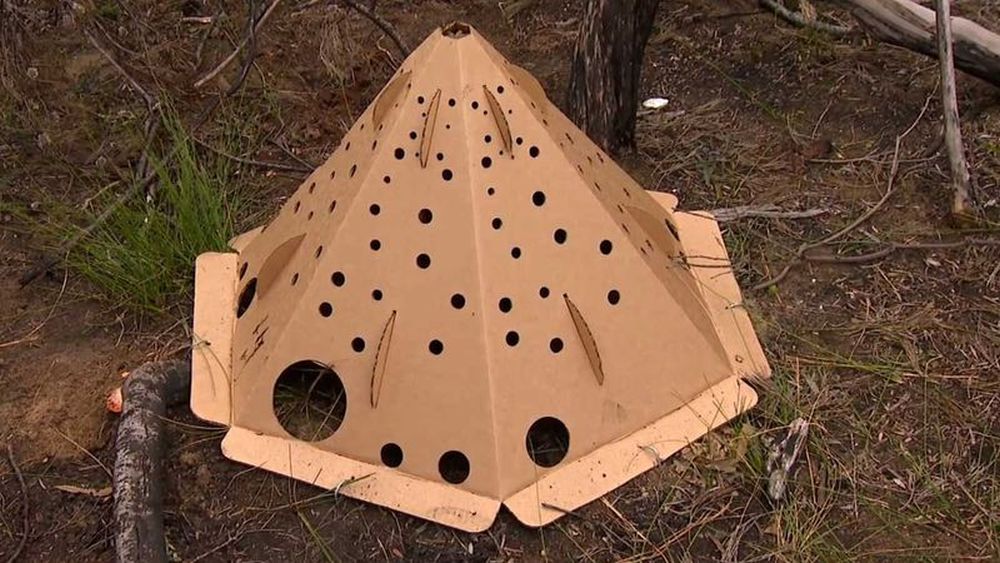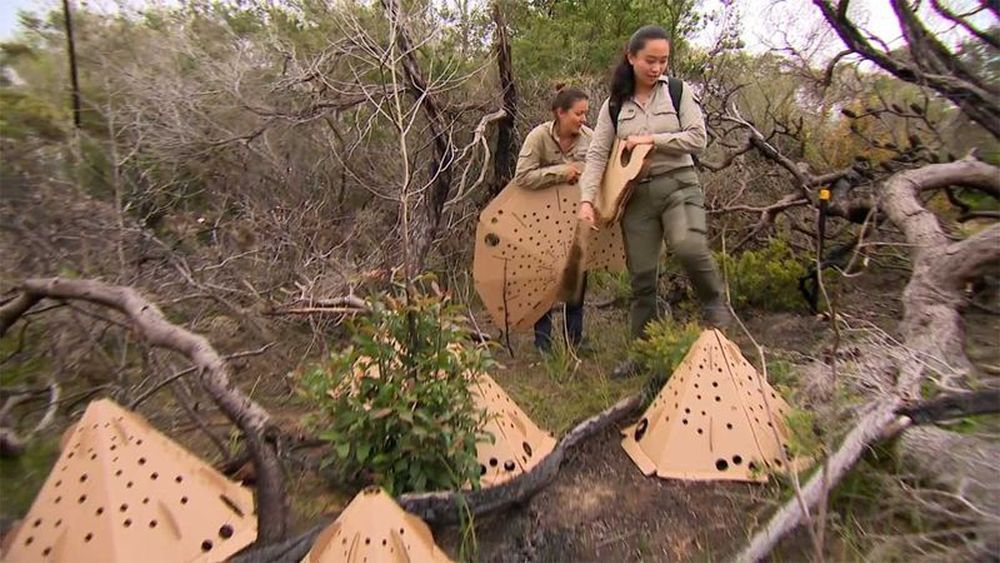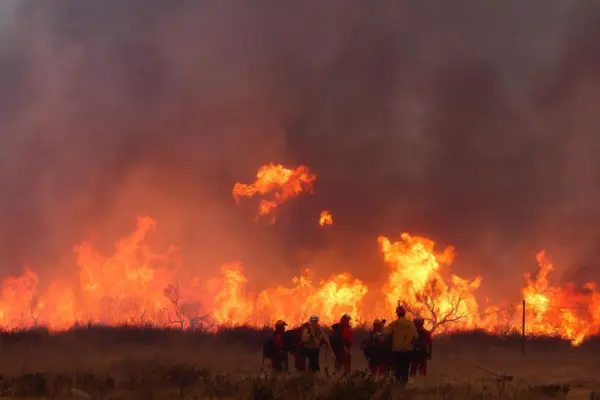Sidney’s Cardboard City for Homeless Creatures
Ecologists in the nature sanctuary at Sydney have created world’s first cardboard habitat for animals
Humans are known to be the demolisher of nature and wildlife for ages, but sometimes humanity can surprise them all. In North Head Sanctuary at Sydney, a cardboard city has been set up for the wild creatures who are left homeless because of the wildfires.
The bushfire season 2019-20 is infamous for destroying millions of acres of land and killing billions of animals in Australia. After a fire blazed around 54 hectares of land destroying shelters used by animals, many creatures including reptiles, marsupial mice, and bush rats were exposed to the predators.

Image: 9News
Australian Wildlife Conservancy wildlife ecologist Viyanna Leo said;
We’re trialing these as temporary refuges for the ground-dwelling animals, so they have somewhere to hide.
Macquarie University mammal ecologist Alex Carthey, along with Melbourne designer Alex Goad, came up with the idea of creating a resourceful solution to the problem faced by the animals. These habitat pods are teepee-like shelters, which have been made using flat-pack cardboards that are biodegradable.
These lightweight habitat pods take less than five minutes to assemble. They comprise six internal compartments, with doors of various sizes. Besides, this design is quite inexpensive. The basic idea behind the design is to facilitate the affected creatures coping from the habitat loss because of fires.
The cardboard city is the Ph.D. project of ecologist Angela Rana. She mentioned;
I’d been studying and monitoring the plants and animals here for two years, but after the fire we mostly found charred skeletons in the ash. It was heartbreaking.
The flatpack pods are only intended for short-term lodgings for the tiny beings, these wildfire events don’t seem to be stopping anytime soon, which are one of the consequences of climate change. Though the habitat pod is a great temporary solution, it is high time we seek for permanent environmental solutions to relocate displaced wild animals.

Image: 9News
Via: The Canberra Times


